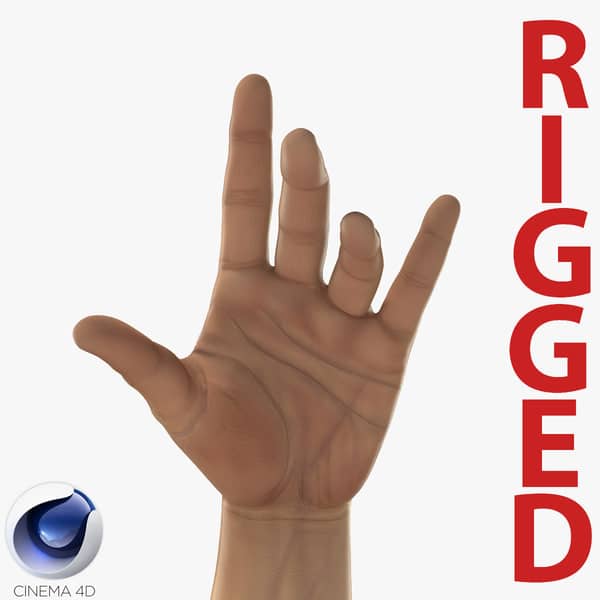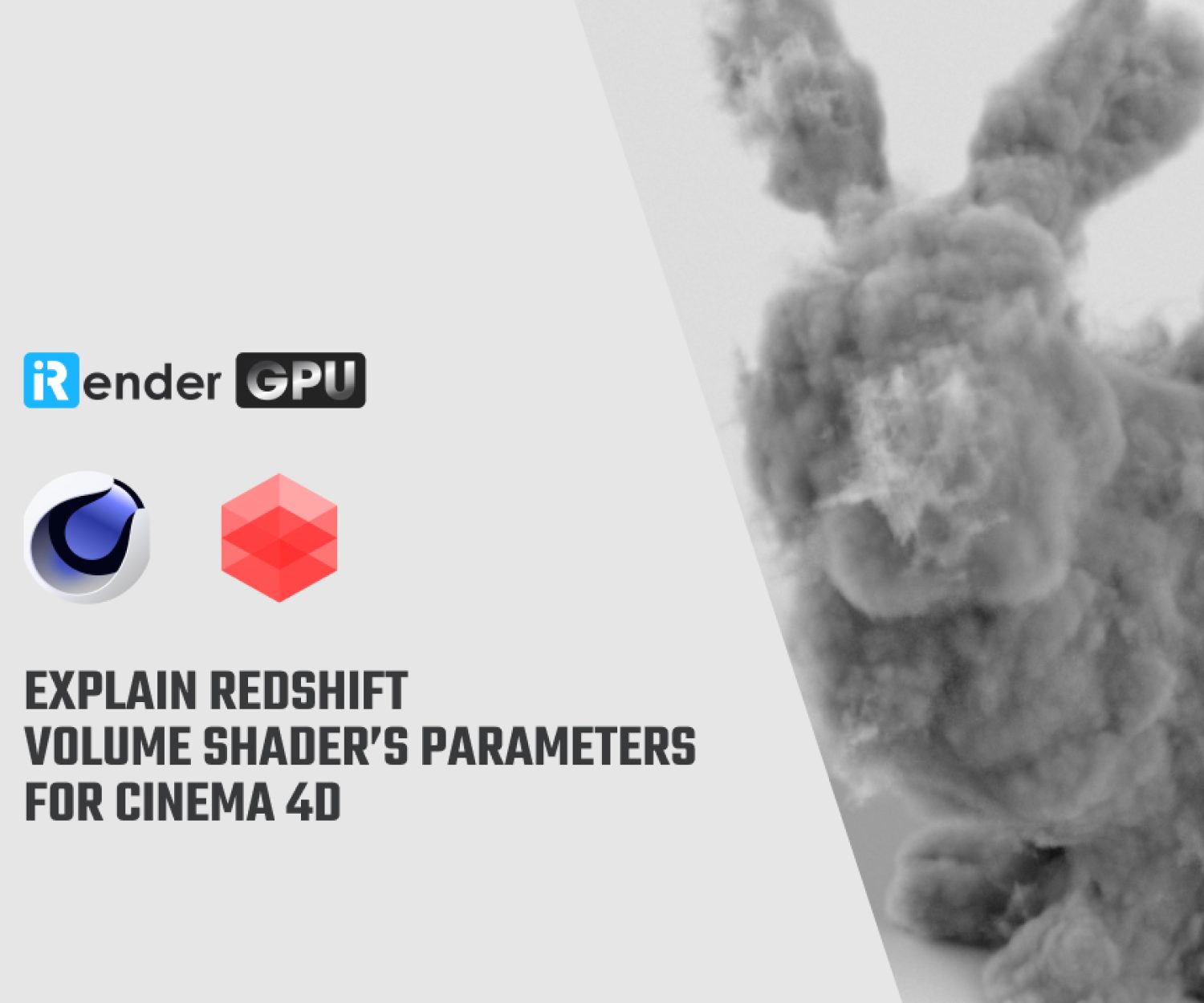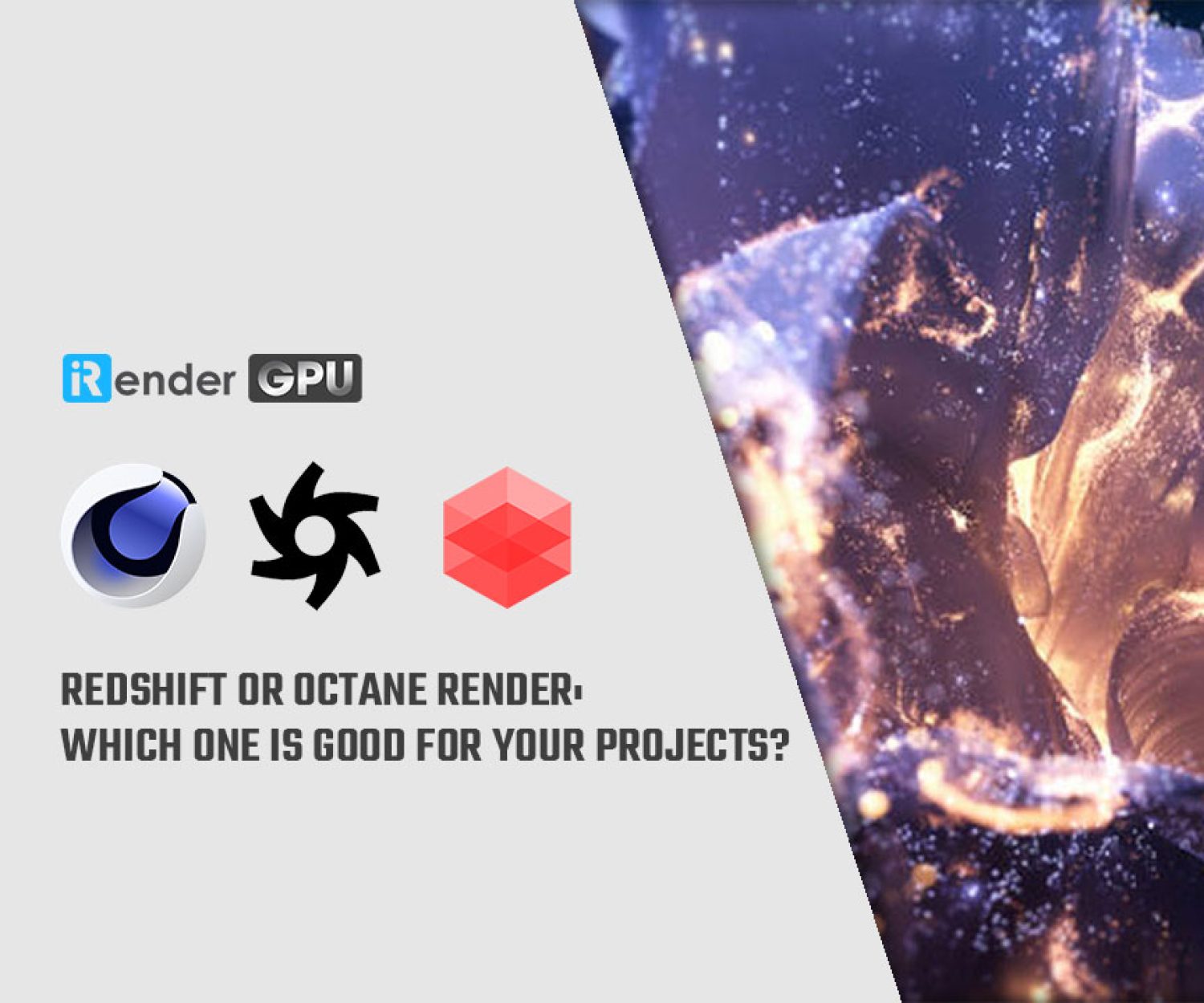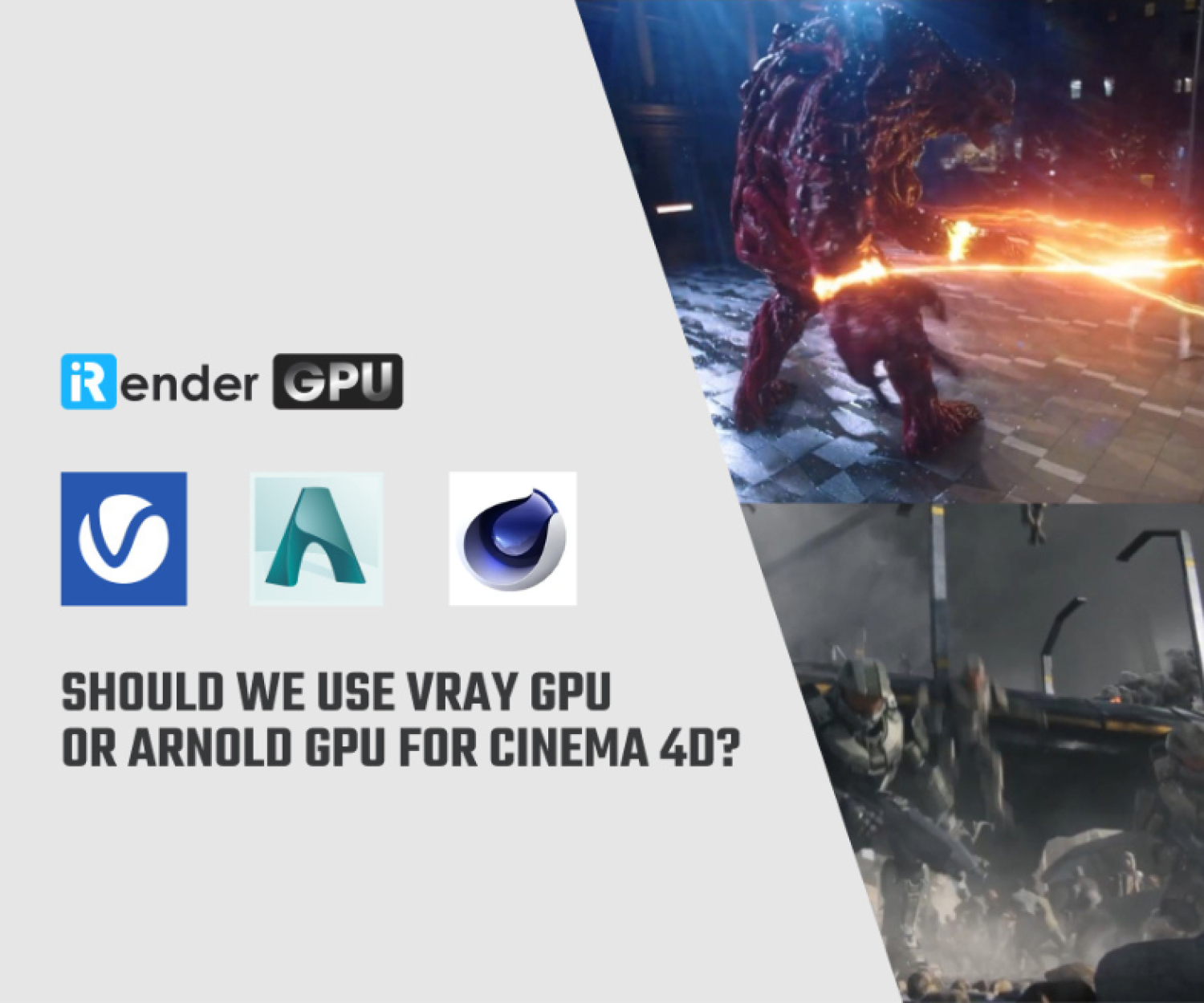Overview About Rigging In Cinema 4D
There are a few tasks in 3D that give many people cause for distress, with the highest ranking of them being UV unwrapping and rigging. While the concepts may seem initially intimidating the actual processes involved are not that difficult and especially when you know clearly with Cinema 4D’s rigging tools. In today article, let’s get an overview about rigging in Cinema 4D.
Why Cinema 4D?
“All the time I’ve been interested in animation I’ve been constantly searching for ideal software. I’ve worked in many programs: Autodesk 3dsMax, Maya, Softimage, Messiah, Blender, and the like. I can’t say I found what I’ve been searching for, but, in my view, Cinema 4D is highly underrated in the sphere of character animation and rigging” said Victor Abramovskiy, a 3D Generalist with over 15 years of experience
Currently, the market is dominated by Maya, which undoubtedly is a really powerful tool. But Cinema 4D also has its strengths. In general, it’s a very ergonomic and stable software, which is under continuous development. Its largely non-destructive and parametric approach allows you to quickly iterate in all 3D aspects. It also has powerful and at times even unique tools related to exactly character animation.
Primarily, this is the Character, a built-in modular rigging system, that allows us to create a rig based on presets straight out of the box. You can create presets of your own, share them without any problems with other users, and create rigs with just a few mouse clicks.
There’s also CMotion, a parametric movement generator. Using it, you can quickly create animations that otherwise would either be impossible to create without it or you would require far more resources for that. The XPresso visual programming environment allows you to create very complicated relationships of elements in the rig and not just that.
In addition to this, Cinema 4D also has a bunch of extra little things like cool deformers, visual selector, HUD, fields, interaction tag, and so on. The niche for HIGH END character animation, for now, is clearly occupied by Maya but using it for ordinary tasks is at times an overkill.
Why rigging? What made you want to do this in the first place?
It’s always been more interesting in animation in the broader sense: from moving abstract images to character animation.
Originally, It was just one of the stages in creating animation. Character animation is a cumbersome process that depends to a large extent on rigging. And we all need to spend a lot of time on this topic in an effort to create a convenient and ergonomic rig.
Is rigging that important, and what's the beauty of it?
You cannot create a 3D animation without rigging. The quality of the animation, as well as how fast you can create it, depends on rigging.
Currently, rigging is a rather broad term which includes both something quite simple like creating a rig based on the presets of the Character object and working on the whole rigging system, for example, for a full-length cartoon.
That is, rigging might be of interest to creative people who want to realize their ideas in animation as well as to tech guys who want to create new tools.
What is exactly the thrill in this particular specialization?
Rigging is in a way a multi-discipline at the boundaries of different spheres from anatomy to mathematics, and there’s a lot of room for technical creativity. Many are intimidated by this sphere, perhaps because of the wealth of abstract information at the beginning.
But that probably explains the constant demand for riggers. Besides, the 3D animation industry is currently on the rise. It is used everywhere: in advertisement, in film, in games. So, riggers won’t be out of work anytime soon.
Conclusion
3D rigging is in effect the process of creating an invisible skeleton that defines how an object moves. An animation or 3D rig usually comprises a system of ‘invisible’ objects that can be seen in a 3D viewport but not in a final render.
At the most basic level, these objects are nulls/groups and joints. Joints are objects that essentially act as the bones of the skeleton, where the nulls/groups/ targets act as the cartilage to define the range of movement. Nulls can also create controllers that are tied to specific objects within a skeleton, to allow an artist to move and control elements much more easily than actually trying to select the specific points themselves.
iRender prides itself on providing the right configuration packages for C4D to give you a great experience in rendering. With the benefits iRender gives you as well as the configuration that is very suitable for every C4D version, do not hesitate to use the service at iRender to have a great experience with your rendering time. Register for an account today to experience our service. Or contact us via WhatsApp: (+84) 912 515 500/ email [email protected] for advice and support.
Source: blog.motiondesign.school
iRender – Happy Rendering!
Related Posts
The latest creative news from Cinema 4D Cloud Rendering , 3D VFX Plugins & Cloud Rendering.










